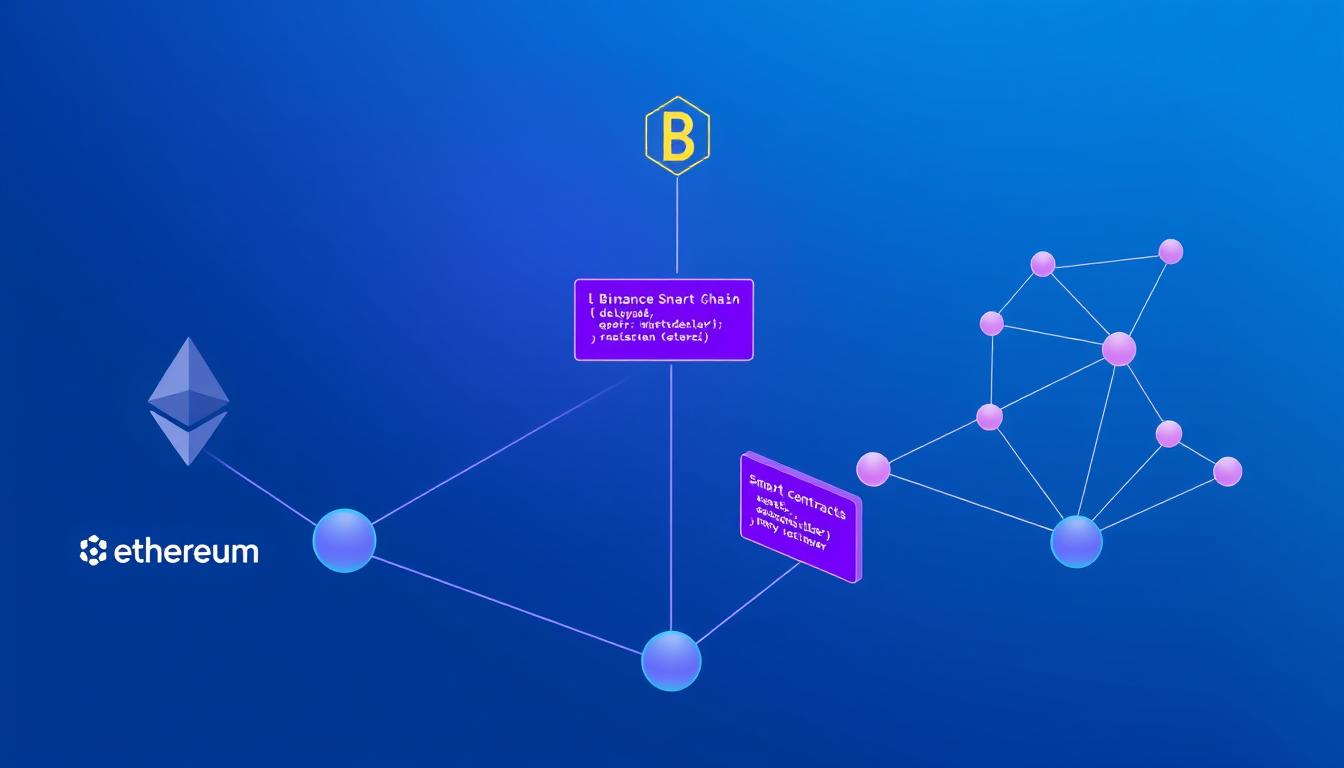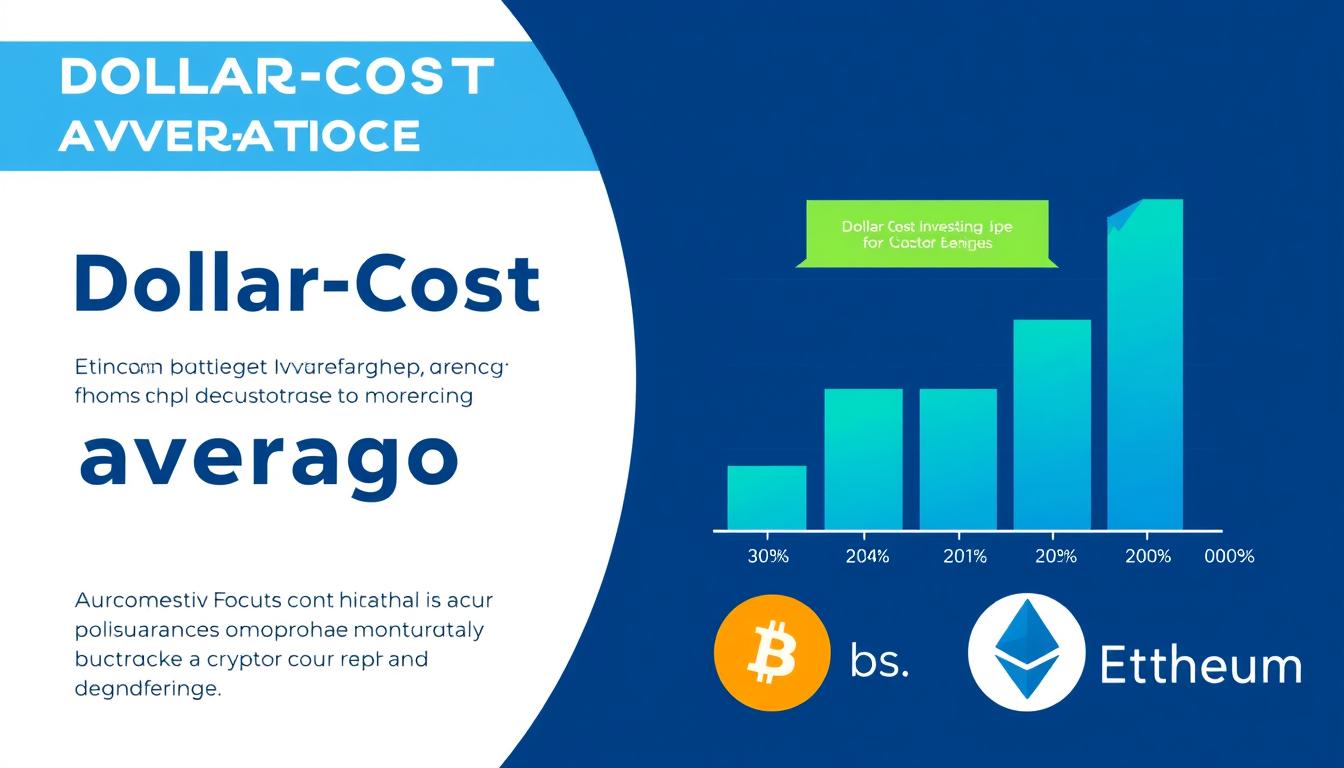Now Reading: Proof of Work vs Proof of Stake: Which Consensus Mechanism Is More Energy-Efficient?
- 01
Proof of Work vs Proof of Stake: Which Consensus Mechanism Is More Energy-Efficient?
Proof of Work vs Proof of Stake: Which Consensus Mechanism Is More Energy-Efficient?
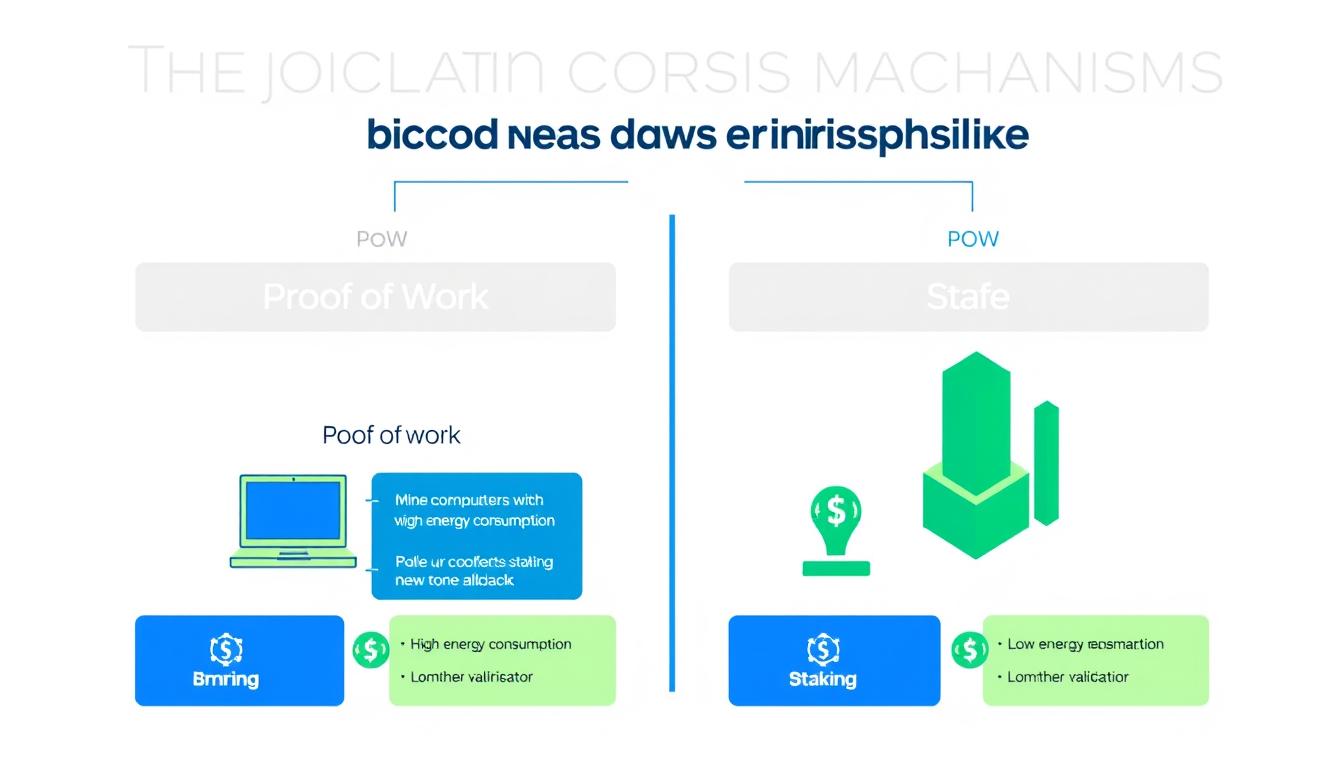
The debate around blockchain energy consumption has intensified as cryptocurrencies gain mainstream adoption. At the heart of this discussion is the comparison between Proof of Work (PoW) and Proof of Stake (PoS) consensus mechanisms. While Bitcoin’s PoW system has faced criticism for its massive energy requirements, newer blockchains are embracing PoS as a greener alternative. Let’s take a closer look at how these systems work and their environmental impact.
Understanding Blockchain Consensus Mechanisms
Traditional databases rely on central administrators to verify and record transactions. Blockchains, however, operate differently. They use decentralized networks of thousands of participants to maintain and update their ledgers. To ensure all transactions are legitimate and all participants agree on the state of the ledger, blockchains employ consensus mechanisms.
Consensus mechanisms determine how blockchain networks validate transactions and create new blocks
These mechanisms are standardized methods that allow blockchain nodes (computers running the blockchain) to reach agreement without requiring trust between participants. The two most prominent consensus mechanisms are Proof of Work and Proof of Stake, each with distinct approaches to validation and vastly different energy requirements.
Breaking Down Proof of Work (PoW)
Proof of Work was the original consensus mechanism introduced by Bitcoin in 2009. It remains the dominant approach for several major cryptocurrencies today.
How Proof of Work Functions
In a Proof of Work system, participants known as “miners” compete to solve complex cryptographic puzzles using specialized computing hardware. The first miner to solve the puzzle gets to add a new block to the blockchain and receives a reward in the form of the network’s native cryptocurrency.

Bitcoin mining facilities house thousands of specialized computers that consume significant electricity
Think of this process like a competition to guess a random locker combination with millions of possible numbers. Miners use powerful computers to make as many guesses as possible, as quickly as possible. The first to guess correctly wins the right to update the blockchain and claim the reward.
Key Characteristics of Proof of Work
Security Features
- High security due to the computational cost of attacks
- Proven track record since 2009 with Bitcoin
- Decentralized nature resistant to manipulation
- Strong resistance to Sybil attacks
Energy Considerations
- Requires significant electricity consumption
- Creates electronic waste from outdated mining equipment
- Mining hardware has a limited useful lifespan
- Energy usage increases as network difficulty rises
Energy Consumption Metrics
The energy consumption of Proof of Work networks, particularly Bitcoin, has reached concerning levels. According to the Cambridge Bitcoin Electricity Consumption Index, Bitcoin mining consumes approximately 112 terawatt-hours (TWh) of electricity annually. This exceeds the total energy consumption of many countries, including the Netherlands and Kazakhstan.
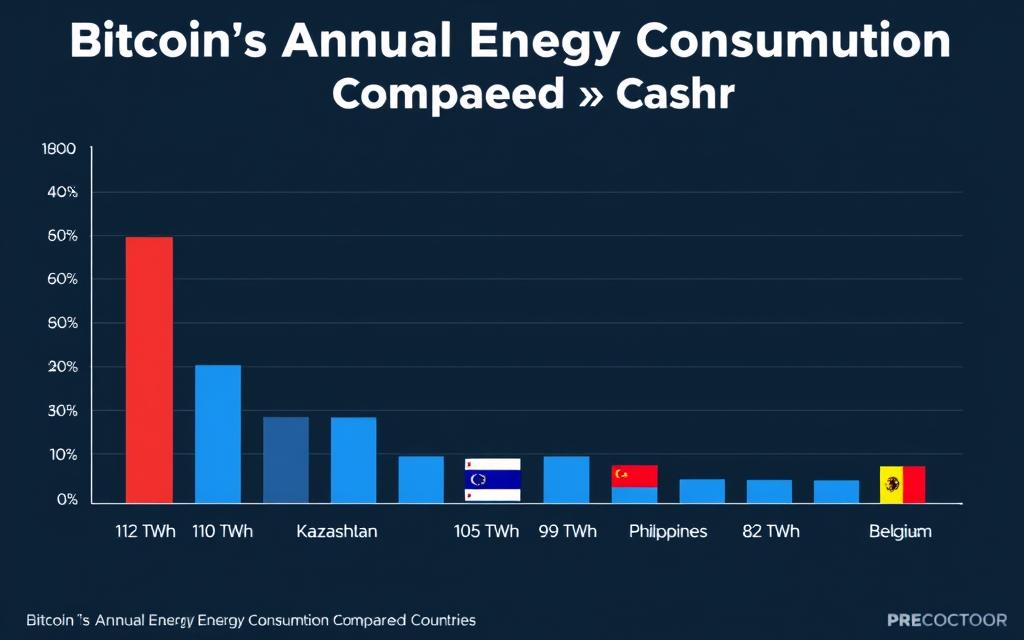
Bitcoin’s annual energy consumption compared to countries (Source: Cambridge Bitcoin Electricity Consumption Index)
On a per-transaction basis, the numbers are equally striking. A single Bitcoin transaction consumes approximately 830 kWh of electricity—equivalent to the power usage of an average US household for nearly two months. This is roughly 1.4 million times the energy required for a single Visa transaction.
Breaking Down Proof of Stake (PoS)
Proof of Stake emerged as an alternative consensus mechanism designed to address the energy consumption concerns of Proof of Work while maintaining blockchain security.
How Proof of Stake Functions
In a Proof of Stake system, validators (the PoS equivalent of miners) are selected to create new blocks based on the amount of cryptocurrency they’re willing to “stake” or temporarily lock up as collateral. The selection process operates more like a lottery than a competition, with higher stakes increasing the chances of being chosen.

Proof of Stake validation can be performed on standard computers without specialized hardware
Validators put their staked coins at risk—if they attempt to validate fraudulent transactions, they can lose part or all of their stake. This economic incentive helps maintain the integrity of the blockchain without requiring the massive computational resources of Proof of Work.
Key Characteristics of Proof of Stake
Security Features
- Economic security through staked assets
- Slashing penalties for malicious behavior
- No specialized hardware requirements
- Lower barriers to participation
Energy Considerations
- Minimal electricity requirements
- Can run on standard consumer hardware
- No competitive energy consumption
- Reduced electronic waste generation
Energy Efficiency Metrics
The energy efficiency of Proof of Stake networks is dramatically better than their Proof of Work counterparts. According to the Crypto Carbon Ratings Institute (CCRI), PoS networks consume less than 0.001% of the electricity used by the Bitcoin network.
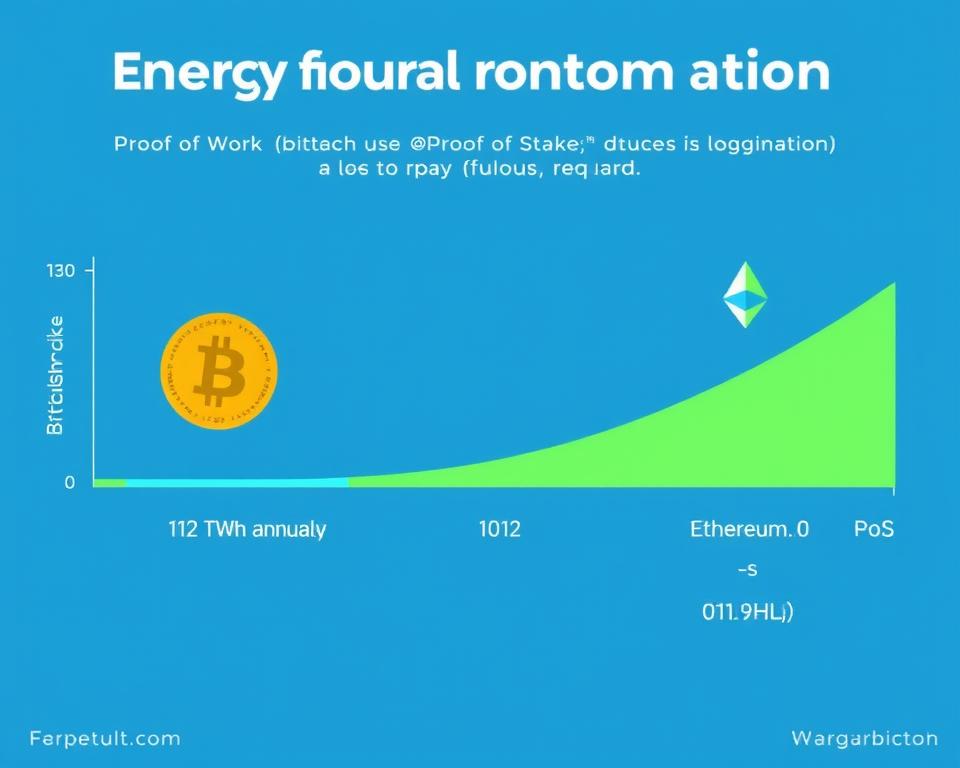
Energy consumption comparison between Bitcoin (PoW) and Ethereum (PoS) after The Merge
For example, Ethereum’s transition from Proof of Work to Proof of Stake (known as “The Merge”) reduced its energy consumption by approximately 99.95%. Where Ethereum once consumed energy comparable to a medium-sized country, it now uses roughly the same amount of electricity as a small town.
Environmental Impact Comparison
The environmental implications of blockchain consensus mechanisms extend beyond just electricity consumption to include carbon emissions and electronic waste generation.
| Metric | Bitcoin (PoW) | Ethereum (PoS) | Reduction |
| Annual Electricity (TWh) | 112.06 | 0.01 | 99.99% |
| Carbon Footprint (Mt CO₂) | 62.51 | 0.01 | 99.98% |
| Energy per Transaction (kWh) | 830 | 0.03 | 99.996% |
| E-Waste (kilotons/year) | 39 | ~0 | ~100% |
Get Our Free Energy Efficiency Comparison Chart
Download our detailed comparison of PoW vs PoS energy metrics, including data from the Cambridge Bitcoin Electricity Consumption Index and the Crypto Carbon Ratings Institute.
Carbon Footprint
The carbon emissions associated with Proof of Work mining depend largely on the energy sources used. In regions where mining is concentrated around renewable energy (like hydroelectric power in parts of China before the mining ban), the carbon footprint is lower. However, studies indicate that Bitcoin mining produces approximately 62.5 million tons of CO₂ annually—comparable to the emissions of some small countries.
By contrast, Proof of Stake networks produce minimal carbon emissions. Ethereum’s transition to PoS reduced its carbon footprint by more than 99.9%, from levels comparable to Finland to the equivalent of a small village.
Electronic Waste
An often overlooked environmental impact of Proof of Work is electronic waste. As mining difficulty increases, older mining equipment becomes obsolete and is discarded. Bitcoin mining generates an estimated 39 kilotons of e-waste annually as miners constantly upgrade to more efficient hardware.

Discarded ASIC miners contribute to growing electronic waste concerns
Proof of Stake virtually eliminates this problem since it can operate on standard consumer hardware that serves multiple purposes and has a longer useful life.
Scalability Trade-offs and Energy Efficiency
The energy efficiency of blockchain networks is closely tied to their scalability—the ability to process more transactions without proportionally increasing resource consumption.
Transaction Throughput vs. Energy Use
Proof of Work systems like Bitcoin face inherent scalability limitations. Bitcoin processes approximately 5-7 transactions per second (TPS), with each transaction consuming significant energy. As transaction volume increases, the energy consumption rises proportionally.
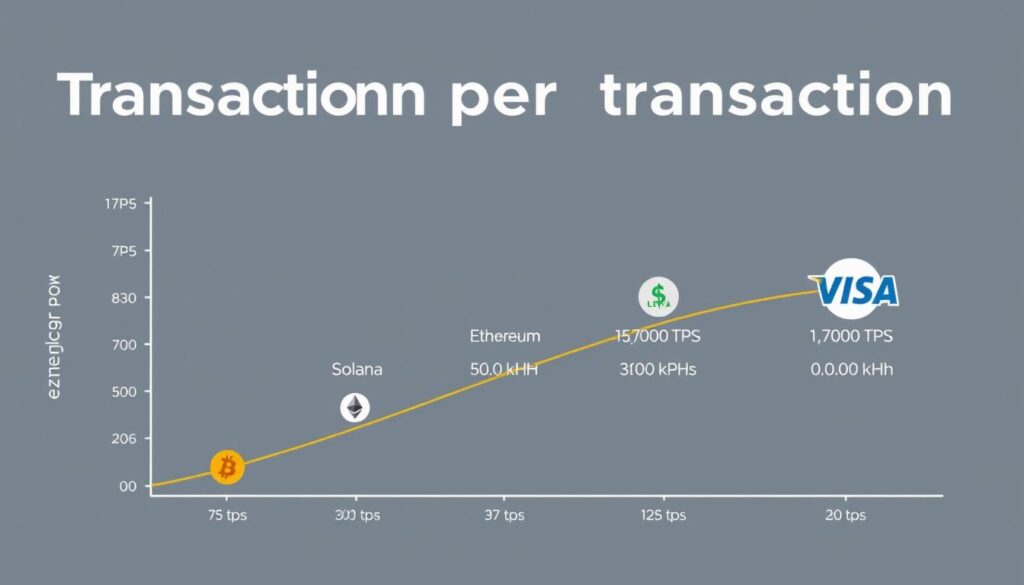
Transactions per second (TPS) and energy per transaction across different networks
Proof of Stake networks demonstrate superior scalability characteristics. Ethereum post-merge can handle approximately 30 TPS, with plans to scale to thousands through layer-2 solutions and sharding. Other PoS networks like Solana can process up to 65,000 TPS. Crucially, increasing transaction throughput in PoS systems doesn’t significantly increase energy consumption.
Security-Efficiency Balance
Both consensus mechanisms make different trade-offs between security, decentralization, and energy efficiency:
Proof of Work Advantages
- Battle-tested security since 2009
- Resistant to certain attack vectors
- Proven track record with Bitcoin
- More decentralized validator distribution
Proof of Work Disadvantages
- Extremely high energy consumption
- Limited transaction throughput
- Increasing mining centralization
- Growing electronic waste problem
Proof of Stake Advantages
- Minimal energy requirements
- Higher transaction throughput
- No specialized hardware needed
- Lower barriers to participation
Proof of Stake Disadvantages
- Less battle-tested than PoW
- Potential for stake centralization
- Different security assumptions
- More complex implementation
As Vitalik Buterin, co-founder of Ethereum, noted after The Merge: “The merge will reduce worldwide electricity consumption by 0.2%.” This dramatic improvement demonstrates that blockchain technology can evolve to address its environmental impact while maintaining security and functionality.
Real-World Examples and Case Studies
Several major blockchain networks provide concrete examples of the energy efficiency differences between consensus mechanisms.
Ethereum’s Transition: The Merge
Ethereum’s transition from Proof of Work to Proof of Stake in September 2022 (known as “The Merge”) provides the most significant real-world case study of energy reduction. According to the Ethereum Foundation, this change reduced the network’s energy consumption by approximately 99.95%.
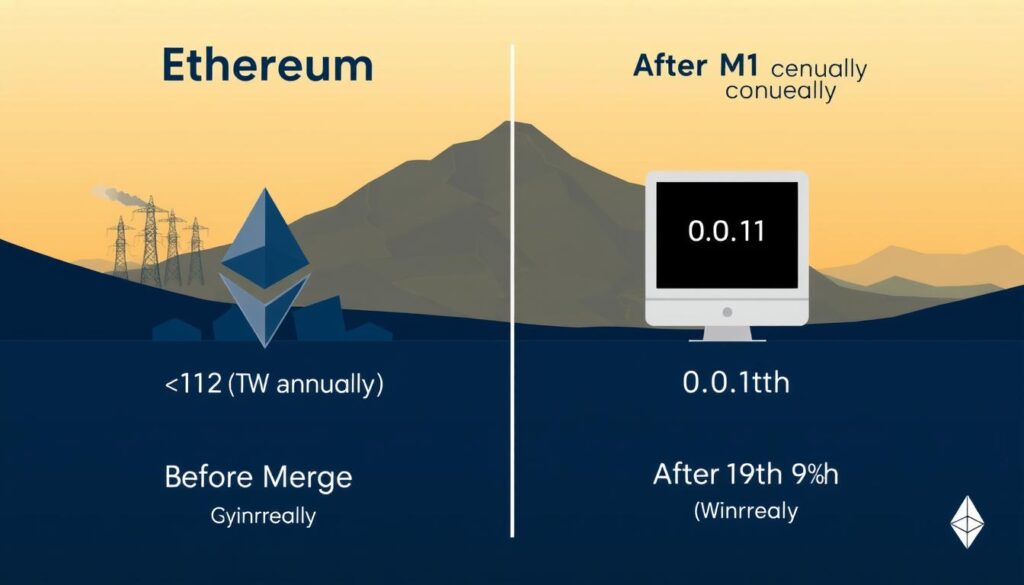
Ethereum’s energy consumption before and after transitioning to Proof of Stake
Prior to The Merge, Ethereum consumed roughly the same amount of electricity as Finland. Post-merge, its energy usage dropped to the equivalent of a small town. This dramatic reduction occurred without compromising the network’s security or functionality.
Bitcoin’s Energy Challenge
Bitcoin remains committed to the Proof of Work mechanism, with its proponents arguing that the energy expenditure is justified by the security and value it provides. Some Bitcoin mining operations have made efforts to use renewable energy sources or capture otherwise wasted energy (like flared natural gas).

Some Bitcoin mining operations are transitioning to renewable energy sources
According to the Bitcoin Mining Council, approximately 59.5% of global Bitcoin mining uses renewable energy sources. However, the total energy consumption remains substantial regardless of the source.
Emerging PoS Networks
Newer blockchain networks like Solana, Cardano, and Polkadot were designed with Proof of Stake from the beginning. These networks demonstrate that high performance and energy efficiency can coexist.
For example, Solana can process up to 65,000 transactions per second while consuming only about 0.0009 kWh per transaction—less than 0.0001% of Bitcoin’s per-transaction energy use.
Future Trends in Blockchain Sustainability
The blockchain industry is evolving rapidly, with several trends pointing toward a more sustainable future.
Regulatory Pressures
Governments worldwide are beginning to address the environmental impact of cryptocurrency mining. New York State passed a moratorium on certain types of cryptocurrency mining operations in 2022. The European Union has considered measures to limit Proof of Work mining as part of its sustainable finance taxonomy.
These regulatory pressures may accelerate the adoption of more energy-efficient consensus mechanisms or push Proof of Work operations toward renewable energy sources.
Technological Innovations
Beyond the basic Proof of Work vs Proof of Stake dichotomy, researchers are developing new consensus mechanisms that may further improve energy efficiency:
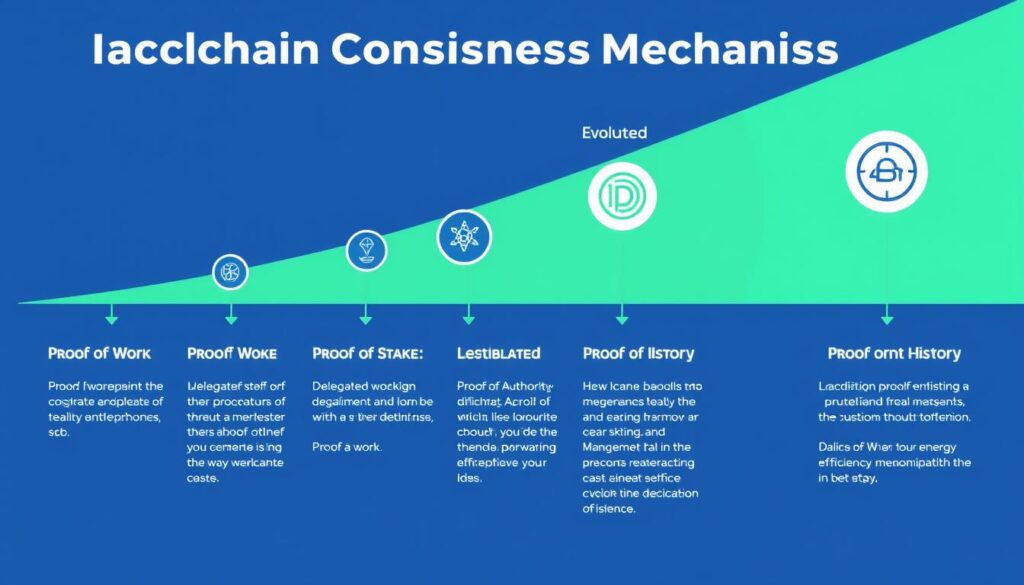
The evolution of consensus mechanisms toward greater energy efficiency
- Delegated Proof of Stake (DPoS): Uses elected validators to improve efficiency and throughput
- Proof of Authority (PoA): Relies on approved validators with known identities
- Proof of History (PoH): Creates a historical record of events to improve verification efficiency
- Proof of Space and Time: Uses storage space rather than computation
Industry Self-Regulation
The Crypto Climate Accord, inspired by the Paris Climate Agreement, aims to decarbonize the cryptocurrency industry. Over 250 companies have signed on, pledging to achieve net-zero emissions from electricity consumption by 2030 and to report their progress transparently.
Similarly, the Ethereum Foundation has demonstrated that major blockchain networks can prioritize environmental sustainability without compromising their core functions.
Stay Updated on Blockchain Sustainability
Subscribe to our newsletter for the latest research, developments, and insights on energy-efficient blockchain technology and sustainable cryptocurrency.
Conclusion: The Path Forward
The comparison between Proof of Work and Proof of Stake consensus mechanisms clearly demonstrates that PoS offers dramatically improved energy efficiency—reducing electricity consumption by over 99.9% compared to PoW systems.
While Proof of Work has proven its security and reliability over more than a decade with Bitcoin, its environmental impact is increasingly difficult to justify as viable alternatives exist. Ethereum’s successful transition to Proof of Stake has shown that blockchain networks can maintain functionality and security while drastically reducing their carbon footprint.

The future of blockchain technology will likely prioritize sustainability alongside security and performance
As blockchain technology continues to evolve, we can expect further innovations in consensus mechanisms that optimize the balance between security, decentralization, and environmental impact. The industry’s growing recognition of sustainability concerns, combined with regulatory pressures and technological advancements, suggests that energy-efficient consensus mechanisms will become the standard rather than the exception.
For blockchain technology to achieve its full potential and widespread adoption, addressing its environmental impact is not just an ethical consideration but a practical necessity. The shift toward Proof of Stake and other energy-efficient consensus mechanisms represents a critical step in that direction.
Frequently Asked Questions
Will Bitcoin ever switch from Proof of Work to Proof of Stake?
It’s highly unlikely that Bitcoin will transition to Proof of Stake in the near future. The Bitcoin community generally views Proof of Work as fundamental to the network’s security and value proposition. Any change to the consensus mechanism would require broad consensus among miners, developers, and users—something that doesn’t currently exist. However, Bitcoin may adopt other improvements to reduce its environmental impact, such as increased use of renewable energy for mining operations.
How does Proof of Stake achieve the same security with less energy?
Proof of Stake replaces energy consumption with economic stake as the primary security mechanism. Instead of requiring miners to prove they’ve expended energy (work), validators must prove they have skin in the game by staking valuable cryptocurrency that they’ll lose if they attempt to validate fraudulent transactions. This economic incentive creates security without the need for energy-intensive computation. Additionally, PoS networks typically implement slashing conditions that penalize validators for malicious behavior or network disruption.
Are there any downsides to Proof of Stake compared to Proof of Work?
Proof of Stake has several potential disadvantages compared to Proof of Work. It’s a newer, less battle-tested system, which means unforeseen security vulnerabilities may still emerge. There are concerns about centralization, as those with more cryptocurrency can gain more validation power. Some critics argue that PoS favors the already-wealthy (“rich get richer”). Additionally, PoS systems are generally more complex to implement correctly, which can introduce new attack vectors. However, these concerns haven’t prevented major networks like Ethereum from successfully implementing PoS.


